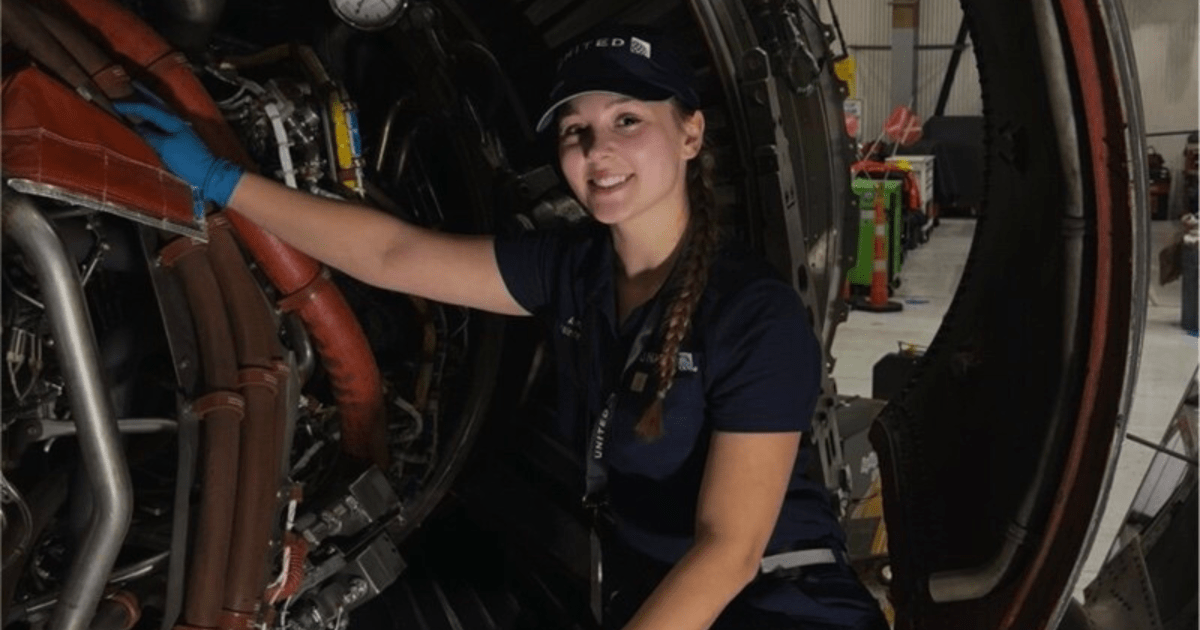For decades, the formula for success seemed clear: go to college, get a degree, and land a stable job. But for many Gen Zers, that equation no longer adds up. With rising tuition, heavy student debt, and a shaky job market, more young workers are rethinking the four-year degree and turning to faster and cheaper routes to a steady career.
Bianca Miller was one of them.
Initially, she enrolled in a four-year program, hoping to build a career working with machines and engines. But as classes piled up, she started to feel disconnected from her dream.
“I was studying mechanical engineering and I didn’t like the fact that half of my classes didn’t relate to the actual career that I wanted to get into,” Miller told Fortune. “I was disappointed by that.”
Even students who stuck it out didn’t seem much better off. She said even some of the brightest mechanical engineering students she knew struggled to find work, sometimes not even landing unpaid internships.
So she took her career into her own hands. Instead of slogging through years of general education requirements and piling up debt, she turned her eyes to the skilled trades. Miller dropped out of college and enrolled in a 21-month technician program at the Aviation Institute of Maintenance’s northern New Jersey campus in early 2022.
By the time she graduated, she had no trouble finding a job. In fact, she said companies were practically “begging” for workers. Now working for United Airlines as an avionics technician at Newark Liberty International Airport, repairing plane engines and electrical systems, the 25-year-old has already doubled her investment in the program and makes over six-figures. Plus, unlike many office workers, her job isn’t at risk of being replaced by AI.
“The opportunities are endless,” Miller said. “At the end of the day, there really is no wrong.”
Why skilled trades are winning Gen Z
As postpandemic travel continues to rebound, the aviation industry is booming. Meanwhile, aging aircraft fleets and a wave of retirements have created an urgent demand for new technicians.
According to the latest CAE Aviation Talent Forecast, the industry will need about 416,000 new aircraft maintenance technicians over the next eight years. In the U.S., the median salary for these roles is around $79,000, per the Bureau of Labor Statistics. But Miller said overtime can push pay well above six figures, and in some cases past $300,000.
Miller’s path reflects a growing trend among Gen Z choosing skill-based training over four-year degrees. Enrollment at trade-focused institutions has surged nearly 20% since the spring of 2020, according to the National Student Clearinghouse.
That said, traditional higher education is far from obsolete. Despite the challenges of today’s job market, millions of degree holders still find jobs annually. And over a lifetime, a bachelor’s degree has an average 682% return on investment, underscoring its long-term value. At the same time, alternative education pathways are proving faster, cheaper, and lucrative.
“[Trade school] is just not talked about enough. It’s not presented as an idea because of how we were raised. It’s you go to college—trade school is not really an option,” Miller said. “But the job market is great.”




















